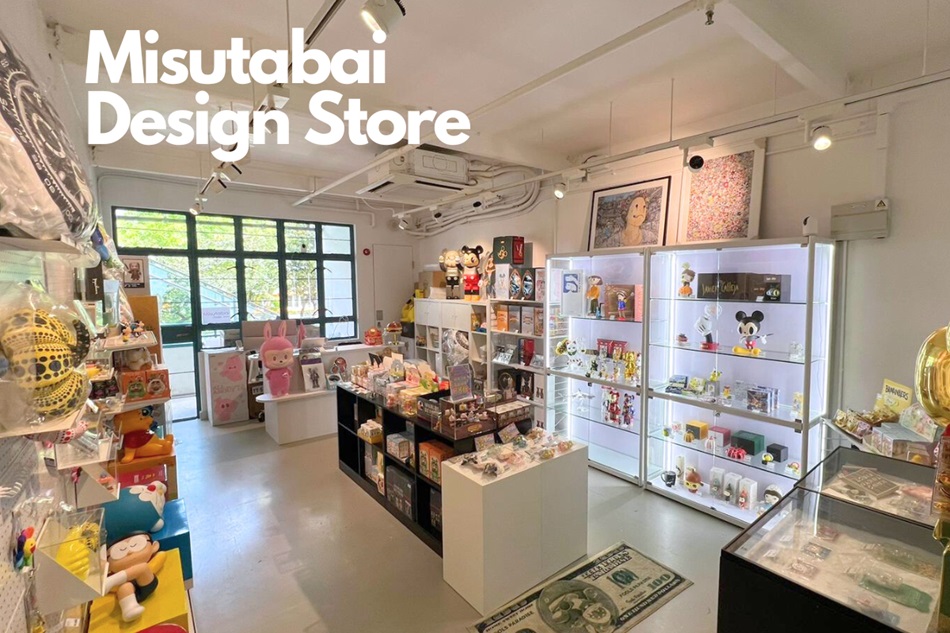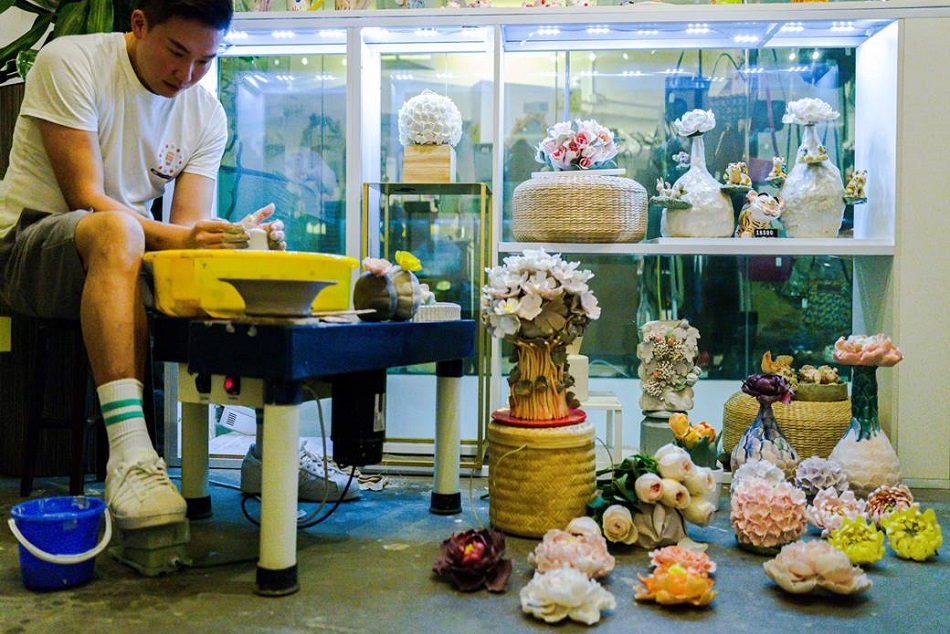Leisure & Culture #09
A Love Letter to The Public and Art
Stephen Powers
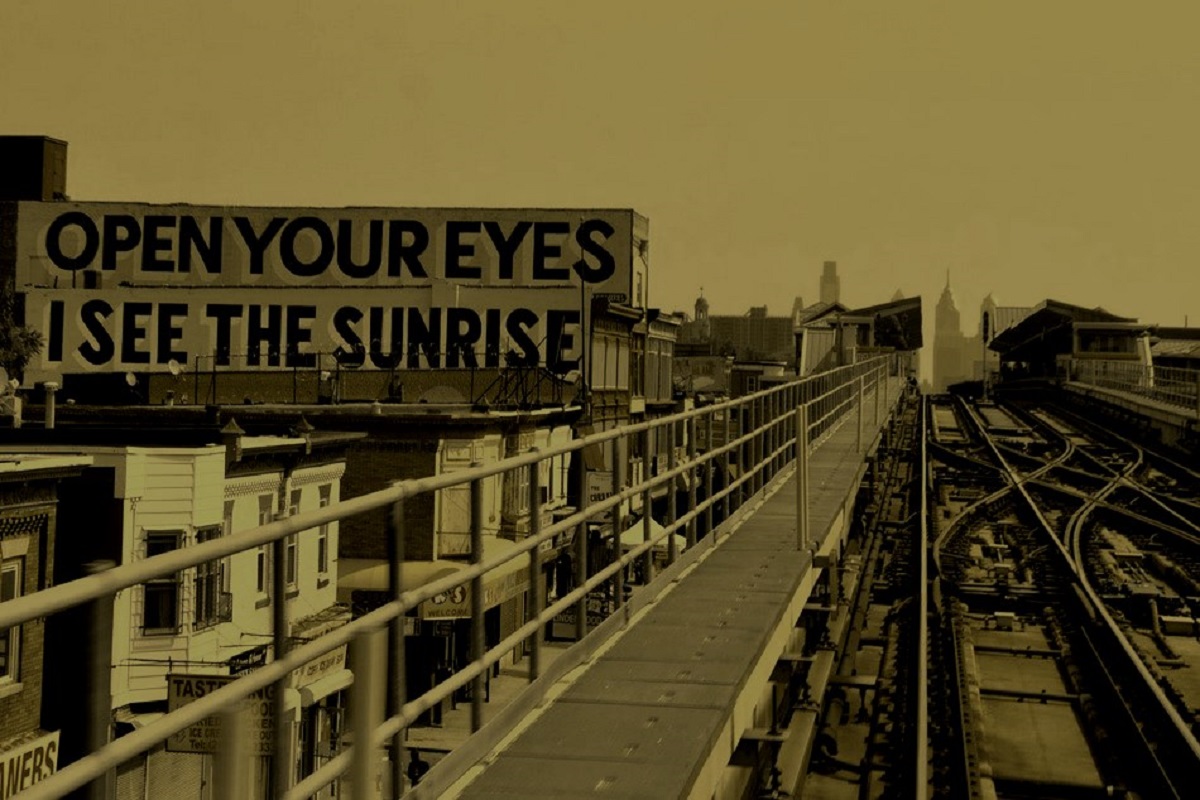
Written by RMM
Photos by ©Stephen Powers 官方網站
When people think about public art, we usually think about the huge monoliths or larger-than-life installations that populate more well to do cities. It’s The Red Box in Shatin Town Hall Plaza, Botero’s Bird along the Singapore River, the dynamic Cavalleria Eroica along Shanghai’s Nanjing Road, and the giant Maman in Roppongi, Tokyo. Public art often goes beyond being just physical objects that look pretty, but have begun to expand in scope and application. They become meeting places, talking points, and a way to creatively engage a community’s sense of belonging or welfare.
But what about cities and towns that have trouble making ends meet, let alone indulge in art installations? Cities that have fallen into emotional disrepair, probably have enough on their hands dealing with graffiti and vandalism. Yet studies have shown that public art does have a positive effect on communities – it brings people together, and encourages communication between people: artist, city council members and the citizens themselves.
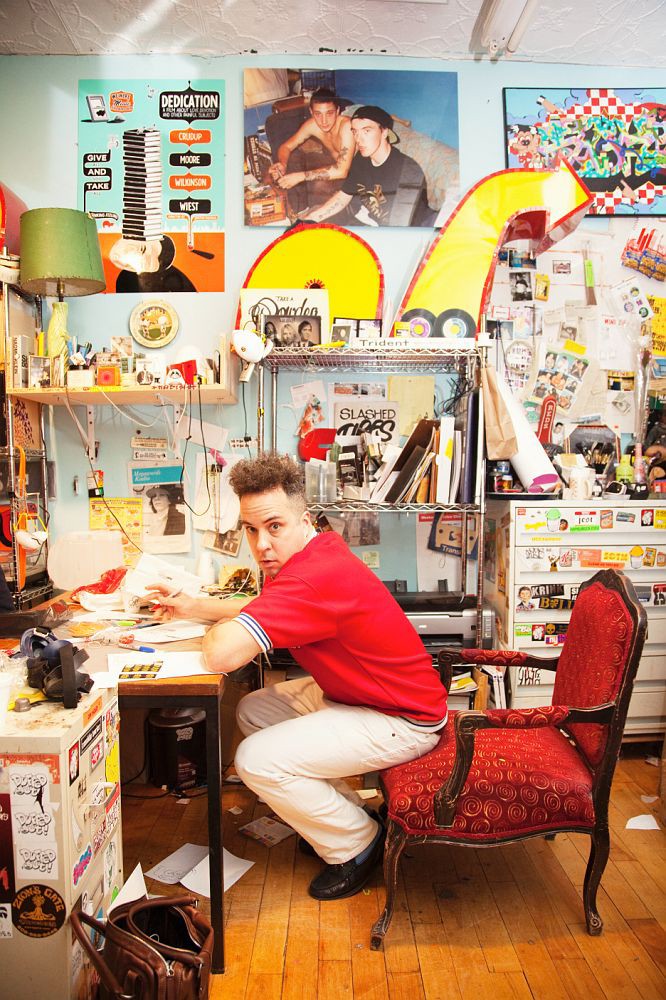
Stephen Powers is someone who tries to negotiate the tenuous grounds that ‘public art’ lies on, with his murals and paintings.
Portrait of Stephen Powers, photo from The Selby
Stephen Powers is someone who tries to negotiate the tenuous grounds that ‘public art’ lies on, with his murals and paintings. Born in New York City more than 40 years ago, Powers is an artist who once graced the walls of Philadelphia and New York with his graffiti pseudonym ESPO (Exterior Surface Painting Outreach). He grew up in a “chaotic environment” with five other siblings and twenty-four cats. For him, art was a way to escape – in his words, “the pick I used on the lock”. After graduating from high school, he attended art school for a short period of time before dropping out to paint popsicle stands and pretzel carts.
And buildings. And walls. Let’s not forget those too. Powers used his official sounded name ESPO to paint in broad daylight. His canvas was primarily shops in the Fort Greene, TriBeCa and South Bronx neighbourhoods that were down and out. Covered in graffiti and heavily vandalized, Powers described his actions as a public service. When you analyze his modus operandi, you could say that Powers’ beginning as a public art contributor started in the streets. Picking only the nastiest gates, condemned and forgotten, Powers’ graffiti was his way of giving back to the neighbourhoods - “cleaning it up” while making his name known at the same time. For the most part, there was little complaint about his work. In fact, the public became pretty engaged with what he was doing.
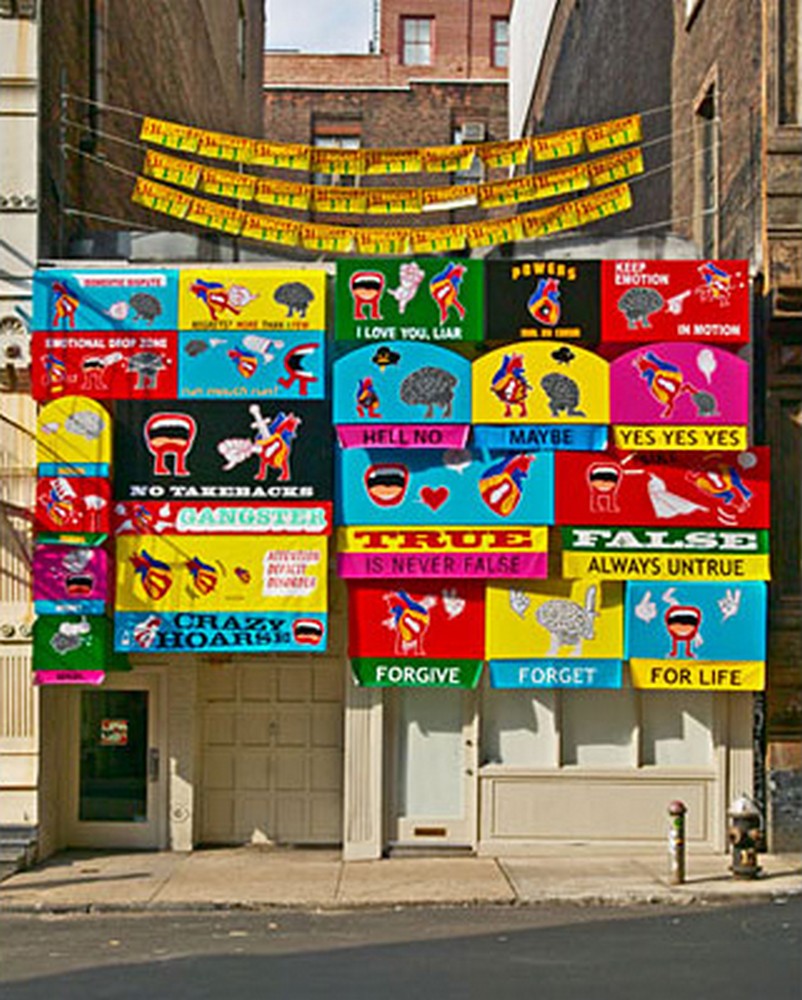
“The Waterboard Thrill Ride", The Arcade at Coney Island, Brooklyn, NY, July 26 - late August, 2008, Presented by Creative Time as part of “Democracy in America: The National Campaign”
Things changed only slightly when he put away his spray paint and decided to become a full-time studio artist in 2000. His work has been shown at the Venice and Liverpool Biennials, and he has had numerous shows at New York’s Deitch Projects. In 2007 he was awarded the prestigious Fulbright scholarship (based on his breadth of work), which he used to conduct a massive public art movement of sorts in Dublin and Belfast, Ireland. Working together with troubled Irish youths, he painted murals that called upon the area’s political murals, transforming them into something that the neighbourhoods could benefit from.
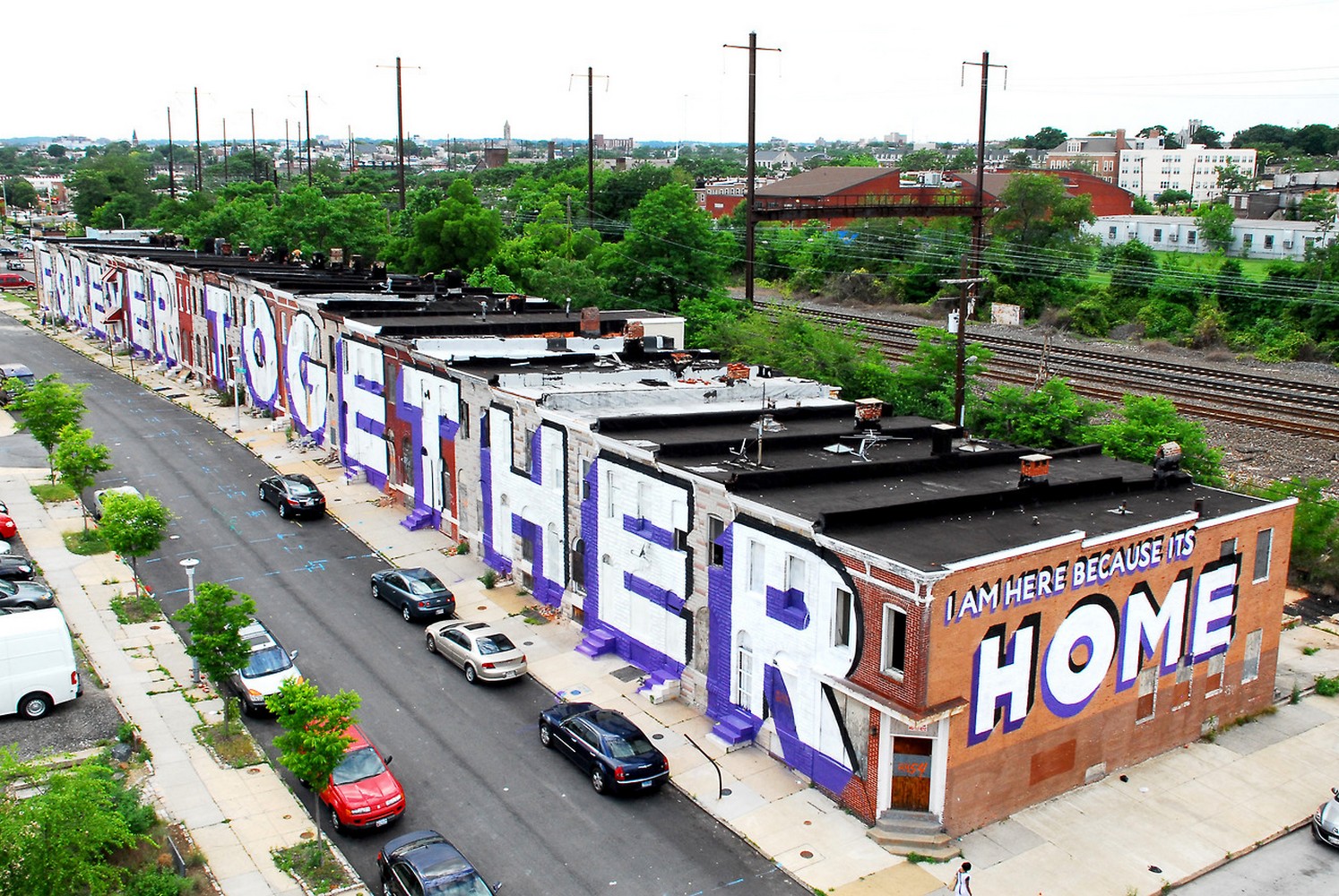
“A Love Letter to Baltimore”, Photos By Matthew Kuborn.
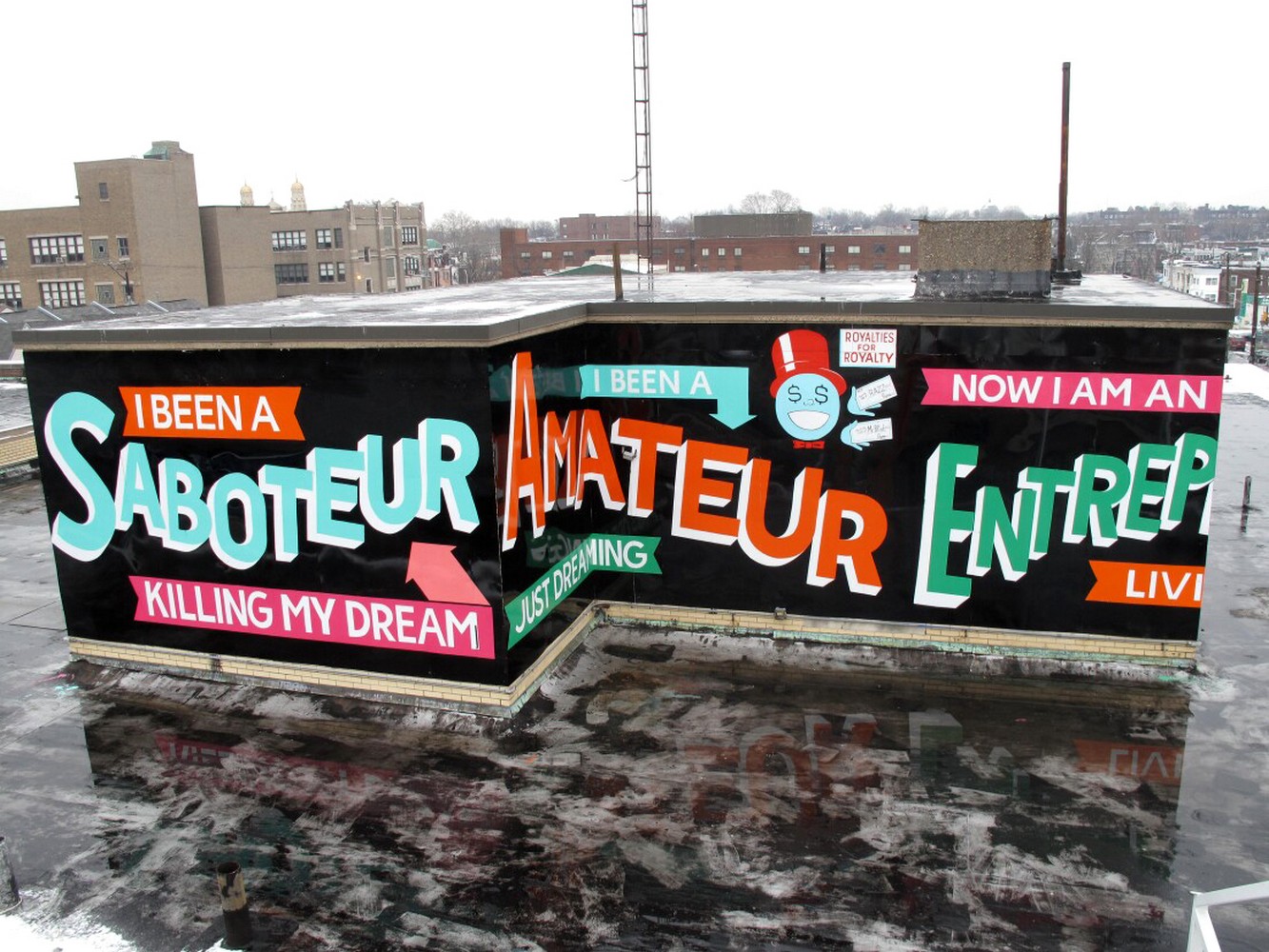
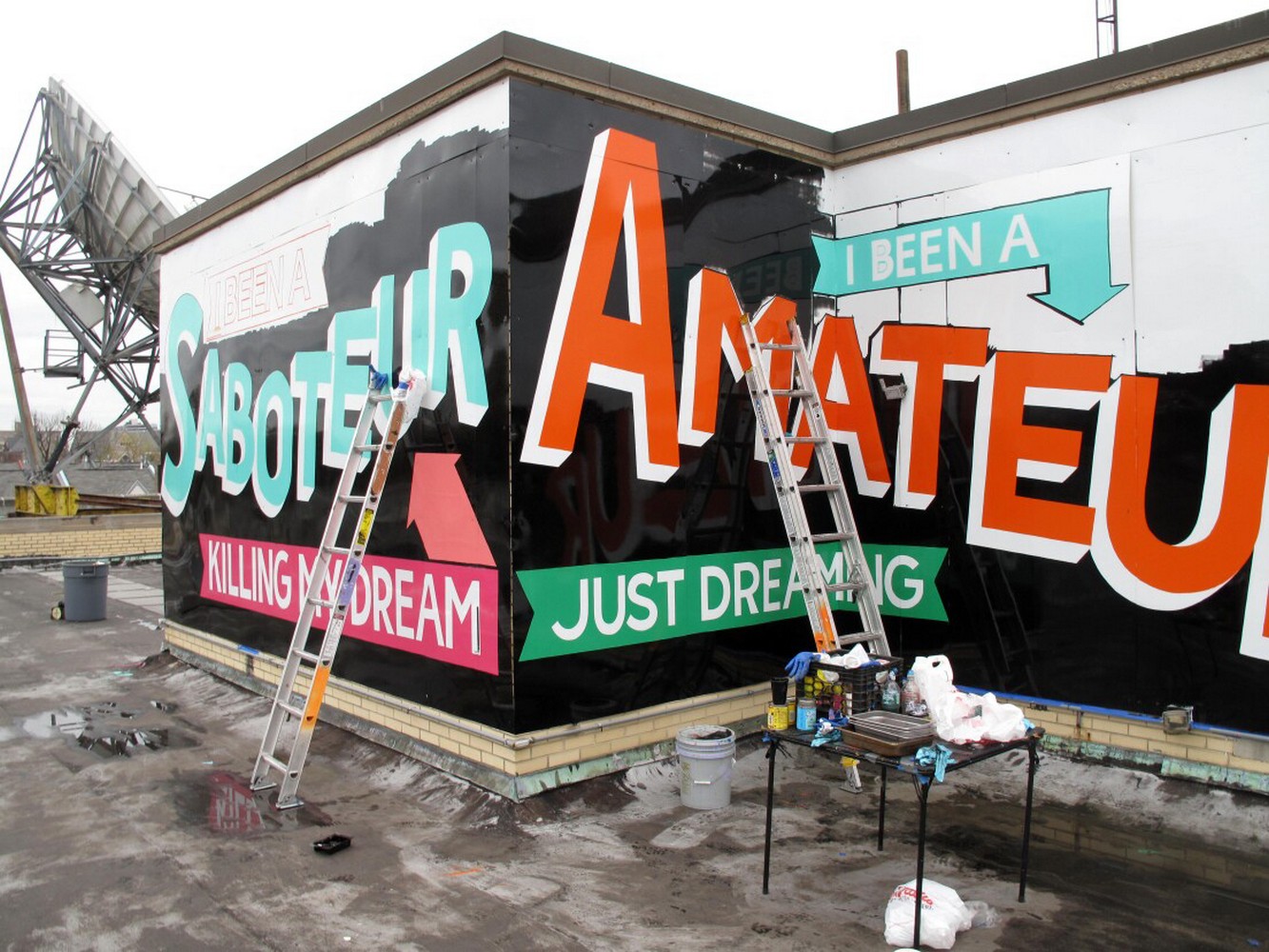
Stephen Powers, “My Dream, A Love Letter For You” © City of Philadelphia Mural Arts Program
This sparked off his now famous series of murals, collected in the book A Love Letter to the City. Like his ESPO gates, Powers seems to have chosen neighbourhoods or buildings that need a bit of love. His love for the public and for art had culminated in this epic tribute to the cities that let him grow and flourish. His murals are truly a collaborative effort, with him providing the beautiful typographic treatment and the local community providing the evocative snippets and fragmentary thoughts that become art.
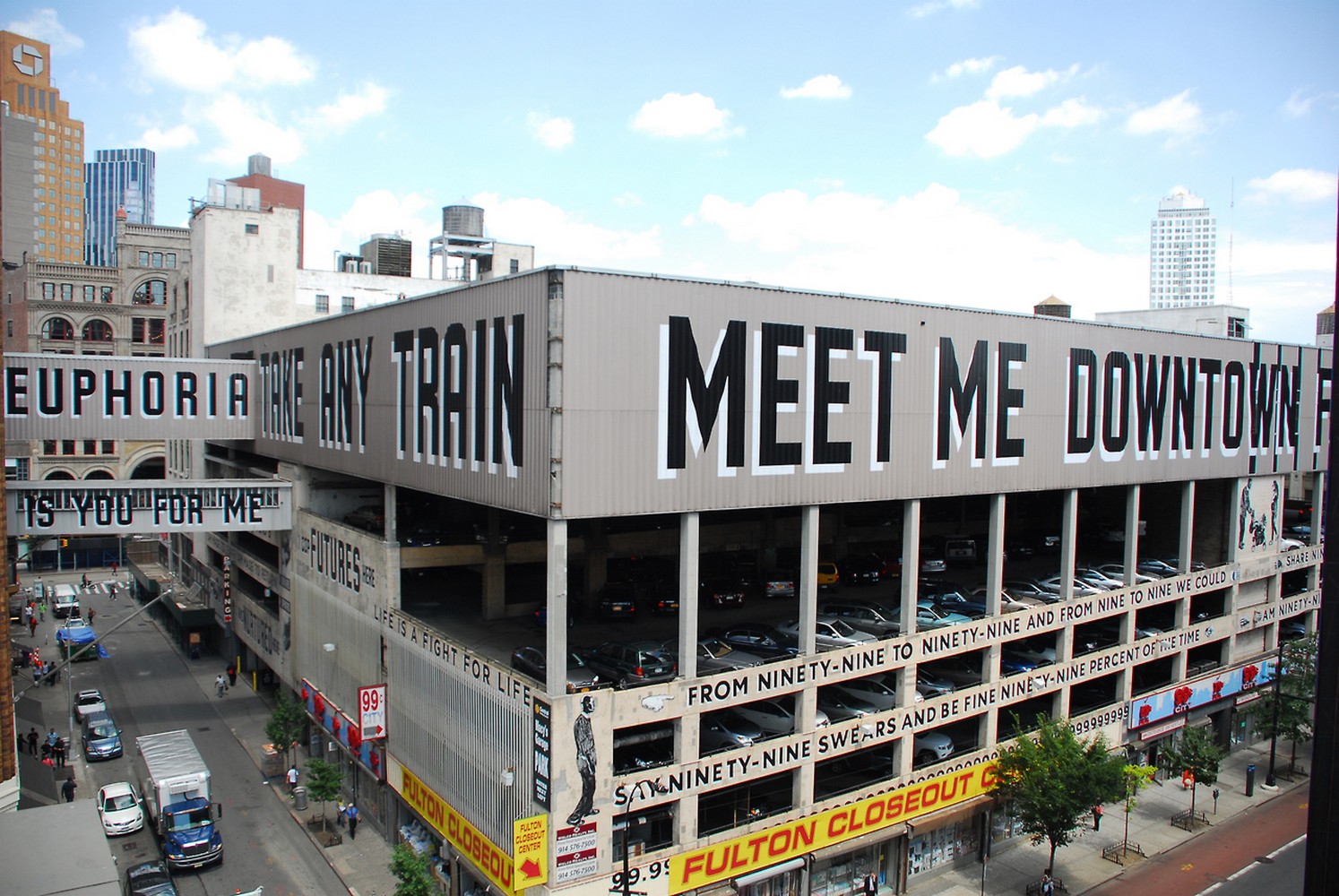
“A Love Letter For You: Brooklyn”
It is a step from his previous graffiti work, where there was always the threat of arrest or a cease-and-desist from the cops. His work, as Maria Popova says so succinctly, “lives at the uncommon intersection of street art and community activism”. It appears as organic as street art would but under the benign approval of civic authority. While the work is crafted alone, the thoughts and ideas behind each piece involve the local community in many ways.
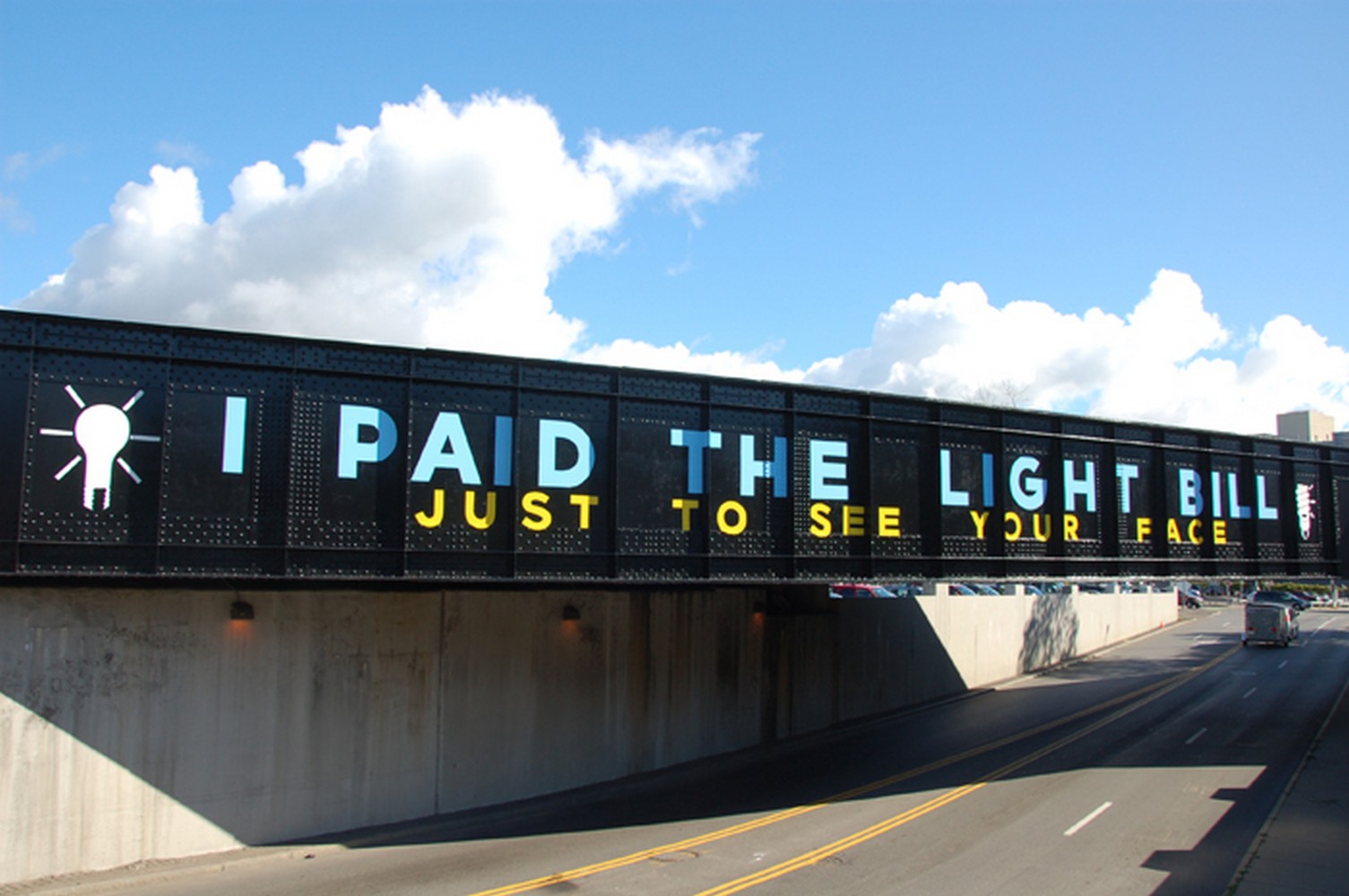
“A Love Letter For You: Syracuse”
His murals represent different ways in which the local community communicates with each other. A mother offers a warm word of advice, a kid tells his neighbours to dream big, parents ask their children to come home. Each love letter is not just from Powers to the city, but perhaps most importantly, it is from the city to the city.

Stephen Powers,《 Open your eyes, A Love Letter For You 》© City of Philadelphia Mural Arts Program
Stephen Powers Website: www.firstandfifteenth.net

